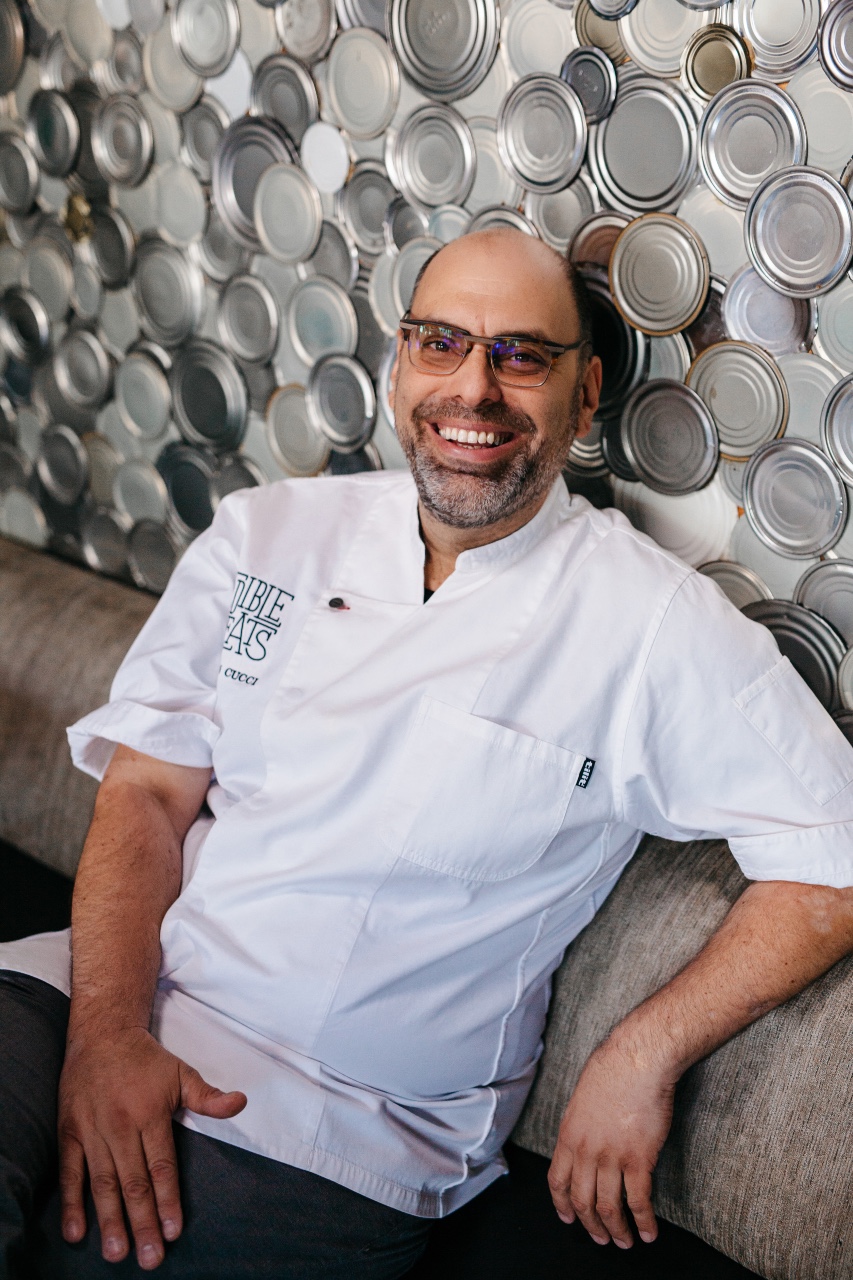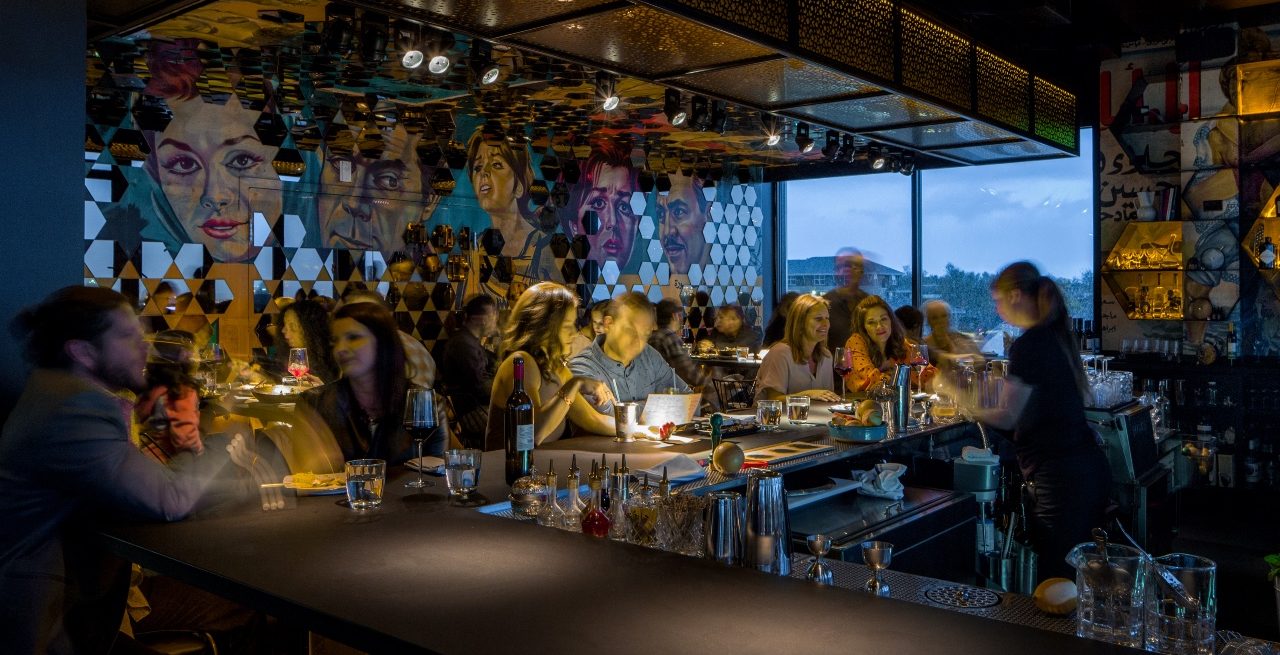ESOPs and Sustainable Restaurant Culture
4 Min Read By MRM Staff
Denver-based chef Justin Cucci has long been a champion for sustainability at his farm-to table eateries. To date, he has opened six restaurants and venues, turning a former mortuary, gas station and brothel all into restaurants with globally inspired locally sourced menus. Cucci also wanted to create a sustainable culture for his employees and implemented a self-funded 100-percent employee stock ownership plan (ESOP) so his 325-plus Edible Beats employees will now share in the long-term financial worth of the company.
To learn more about the pros and cons of putting an ESOP into place, Modern Restaurant Management (MRM) magazine reached out to Cucci.
How did the idea of Employee Stock Ownership originate and why did you want to do it?
The idea had been kicked around almost five years prior to the ESOP transaction, in 2017. We had finished building brick & mortar restaurants, and my advisors asked me to think about a succession plan and look ahead to the next chapter of the restaurants.
Initially there were only two routes to take. One was to sell the restaurant group to a private buyer/buyers or investors, and pretty much take the money and run. The other route was to split the restaurants up into individual entities and try to sell the restaurants piece by piece. Both of those choices felt foreign to me, as I wasn't looking to escape and just peace out, and it also felt like it would short change many of the awesome humans that helped me build the restaurants, and grow them.
So when I found out about an ESOP transaction, it really felt like everybody involved would win, basically a wIn-win-win. My family and I would be able to reap the rewards over time, of selling the restaurants to the employees, and at the same time, as seeing the restaurants through as a legacy and long-term business decision.
Additionally, the employees would win, since there is no money needed from the employees, to achieve being an ESOP, and they would share in any and all growth of the restaurant, and the financial gains.
Finally, the guests/community would win, by supporting an employee-owned business that keeps its gains in the local economy, supporting local businesses and individuals.

What was the process and challenges of implementing the plan?
The process was incredibly complex, and very expensive. The initial cost is almost $500,000 to get all of the pieces in place, and create the plan documents, and submit it to the government agency that oversees it. It requires a large team of lawyers, consultants, CPAs, bookkeeping, and bankers, in addition to a Third-Party Administrator and a Trustee.
The biggest challenge might have been the timing, and how that affected financing (or lack thereof) which was the post COVID years of 2021/2022. There was very little to zero support from banks that I had been with for 15 years, and not only was it impossible to get the funds to pay for the ESOP, but many of the loans we had, were called in, since the bankers felt that we were in a high credit risk industry. So, the transaction became even more complex as we sought to pay for the transaction internally, and to essentially do an owner carry note on the loan.
How does it work and what was initial response from employees?
An employee stock ownership plan (ESOP) is an employee benefit plan that gives workers ownership interest in the company in the form of shares of stock.
From day one, employees were both very interested in understanding the benefits, and structure of the ESOP, and how each employee would benefit from the transaction. At the same time, it is a very complex mechanism that takes time to build value, as a business grows, and as we pay down debt. Essentially an ESOP is a big picture plan that can double as an employee's retirement account. So, employees were sometimes confused at how their own contribution could affect the ESOP and benefit their shares.
ESOPs are a slow build, and grow gradually, then suddenly as the business builds value, pays down debt, and increases profitability.
What lessons have you learned in the time it’s been in place?
We have learned many lessons, as a young ESOP. Mostly that we cannot do too much outreach to employees to help them truly understand the structure, vesting and payout of their shares. We figured out that an ESOP committee was a strong engine of communication, and we created one that had three members from each of our five restaurants. One hourly FOH employee, one hourly BOH employee, and one salaried manager.
We also learned that financial education is critical for employees to truly understand what brings value and how they can affect that value. We created "ESOP Boards" for each restaurant, that tracks multiple categories in our gross weekly margin, and gives the staff a much clearer picture of the machinations of each restaurant.
How has the plan affected staffing and retention?
There's no doubt retention has increased because of it, but not at the level we would have liked. We still are having turnover that sometimes seems excessive. And though we know of many employees that are connected to Edible Beats in a much deeper way, because of the benefit programs we have, and due to the fact that we are employee owned.
But in our industry, there is a transient nature to the hourly employees, and they sometimes struggle to see the big picture, and do not always possess the patience to see the ESOP through to fruition.
ESOPs are a slow build, and grow gradually, then suddenly as the business builds value, pays down debt, and increases profitability.
What do you think other restaurant owners can learn from your example?
I hope that other restaurateurs are willing to look into the pros and cons of an ESOP, there are too few true employee-centric plans that favor the contributions of the employee. ESOPs do just that and there’s zero cost to the employees.

